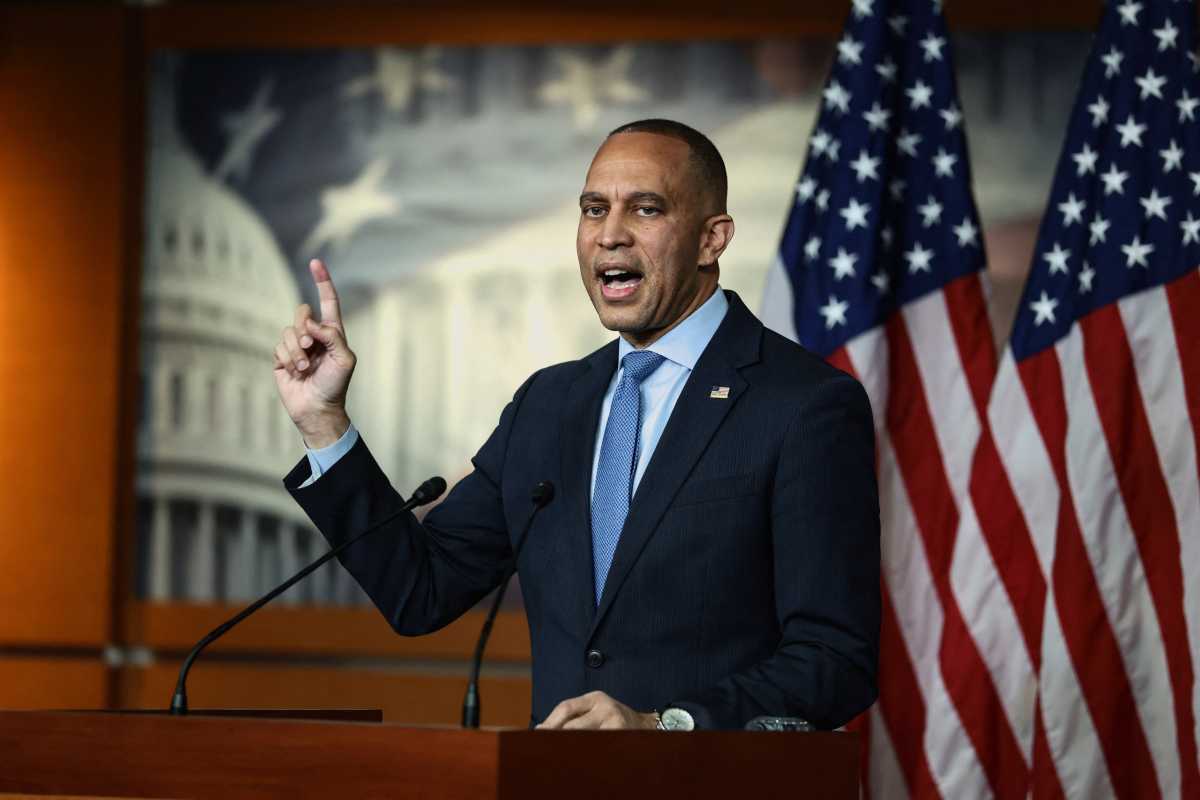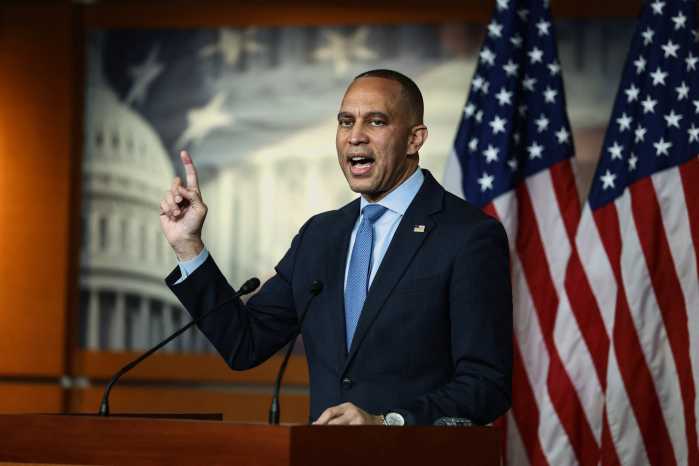The NYC Taxi & Limousine Commission (TLC) on Wednesday voted unanimously to raise minimum pay standards for drivers in “high-volume” for-hire services, including Uber and Lyft, by 5%.
The TLC estimates that under the revised system, minimum pay for a standard 30-minute, 7.5-mile trip will increase to $29.07 — about 5% higher than 2024 levels and 26% higher than when the city’s driver pay formula was first adopted in 2019.
At a June 25 meeting, the TLC also adopted new regulations aimed at curbing the use of app-based “lockouts” that prevent drivers from logging into the platforms mid-shift.
Under the new rules, set to go into effect on Aug. 1, companies must give drivers at least 72 hours’ notice before restricting access and allow them to remain logged into the app for up to 16 hours once a shift begins, with limited exceptions.
The move follows a yearlong campaign led by the New York Taxi Workers Alliance (NYTWA), which argued that Uber and Lyft used lockouts to manipulate utilization rates — a key metric used by the city to determine per-trip pay.
By restricting driver access, advocates said, the companies were able to make it appear that drivers were spending a higher percentage of their time on passenger trips, which allowed the platforms to suppress wages.
“The new Taxi & Limousine Commission rules are a victory for Uber and Lyft driver members of NYTWA to end lockouts and protect driver incomes,” NYTWA Executive Director Bhairavi Desai said following the vote. “Lockouts are an attack on driver pay and driver dignity.”
The union said drivers reported income losses of up to 25% due to lockouts and accused the companies of using the tactic to artificially inflate utilization rates in 2024 to influence the city’s 2025 pay standard. The group organized a series of protests and policy actions throughout the last year.
TLC Chair David Do described the changes Wednesday as a step toward economic fairness, highlighting the “harmful and unnecessary lockouts” that left drivers unable to earn income mid-shift. “These proposed rules not only go a long way towards closing this loophole and providing further lockout protections for drivers, but they also provide a sensible pay increase based on inflation and increased expenses,” Do said.
While driver pay advocates welcomed the modest monetary bump, NYTWA emphasized that the biggest win was regulatory: the clear disincentive against lockouts.
“The adjustment in pay is nominal, but the real victory is in how the TLC’s new rules disincentivize lockouts,” the alliance said. “We’ve proven that when workers come together, even billionaire corporations like Uber and Lyft can be held accountable.”
Uber and Lyft pushed for lower pay hike
The pay increase approved Wednesday is slightly lower than what economist Dr. James Parrott of the Center for New York City Affairs proposed. The TLC enlisted Parrott to update its expense model.
His December 2024 report, based on survey responses from thousands of drivers and public vehicle cost data, recommended a 6.1% per-mile pay increase to reflect growing driver expenses, particularly for electric vehicles and rentals.
Uber and Lyft opposed key elements of the proposal during the public comment period in February, questioning both the use of survey data and the assumptions around vehicle depreciation. In response, TLC and Dr. Parrott conducted a supplemental analysis, adjusting for the residual value of older vehicles using trade-in data from Kelley Blue Book, which slightly reduced the overall expense factor.
Ultimately, the commission adopted the 5% raise, below Parrott’s initial recommendation, along with new restrictions on driver lockouts and a change to how utilization rates are applied in the pay formula.
The TLC said that moving forward, rather than automatically adjusting pay annually, future rate increases will be considered through rulemaking, based on “changing industry dynamics.”
“TLC believes that this approach is superior and offers greater transparency than making automatic changes on a predetermined schedule without full consideration of other factors affecting the industry including citywide mobility trends, economic changes, and changes in the companies’ business practices, such as the use of platform restrictions or driver registration waitlists,” the Commission stated.
In a statement to amNewYork, a spokesperson for Lyft expressed relief that Dr. Parrott’s initial recommendation had been revised but suggested the new rules will backfire on the very workers they’re meant to help.
“While these changes are a step in the right direction, we still have concerns that the underlying pay formula will still deprive drivers of earning opportunities, drive up prices for riders, and reduce ride availability, which isn’t good for anyone – especially the drivers who depend on steady demand to make a living,” the Lyft spokesperson said.
Uber welcomed aspects of the new rule, particularly the TLC’s decision to stop automatically adjusting driver pay based on utilization rates each year.
Company spokesperson Freddi Goldstein said the shift marks the city’s first formal acknowledgment that time and distance-based utilization should be treated differently.
Uber has long criticized the pay formula, arguing it created “perverse incentives” that forced platforms to limit driver access to maintain high utilization metrics. The company said the revised policy corrects what it called a flawed system that led to instability and frustration for drivers, though it did not directly address new driver protections for app-based lockouts.





































